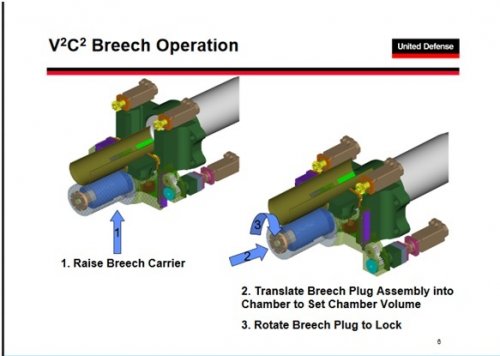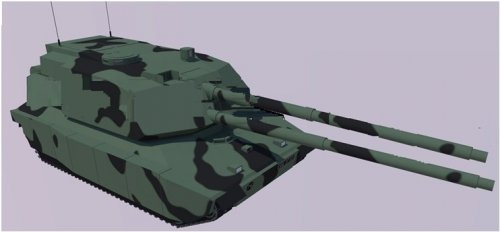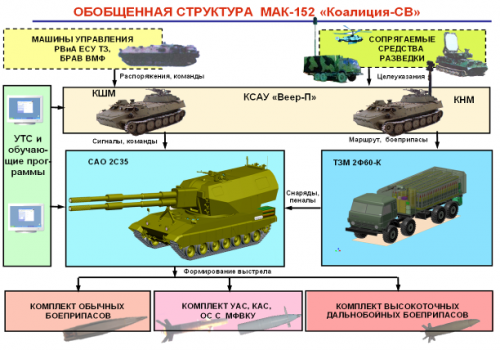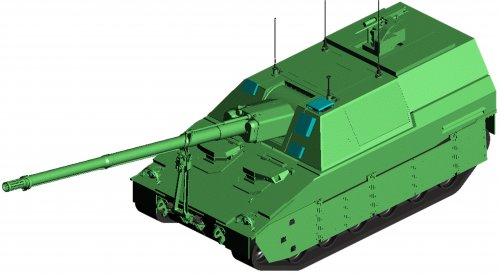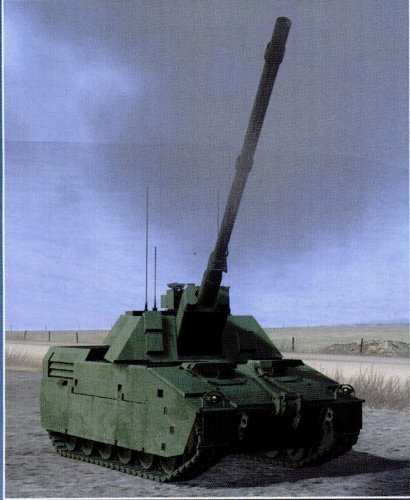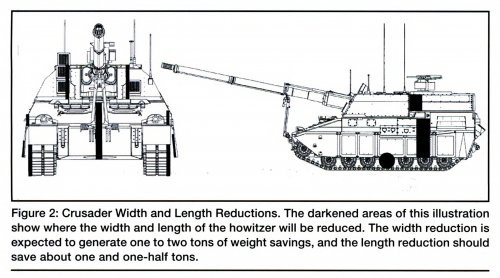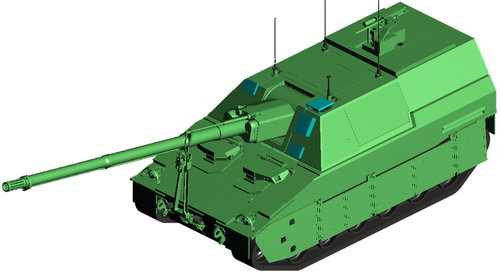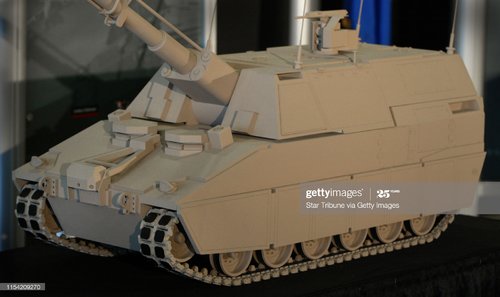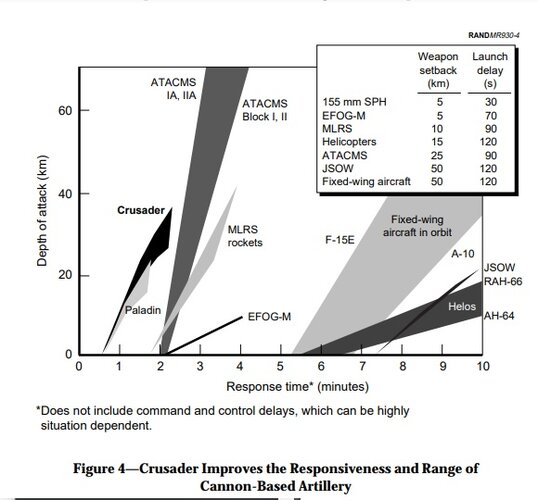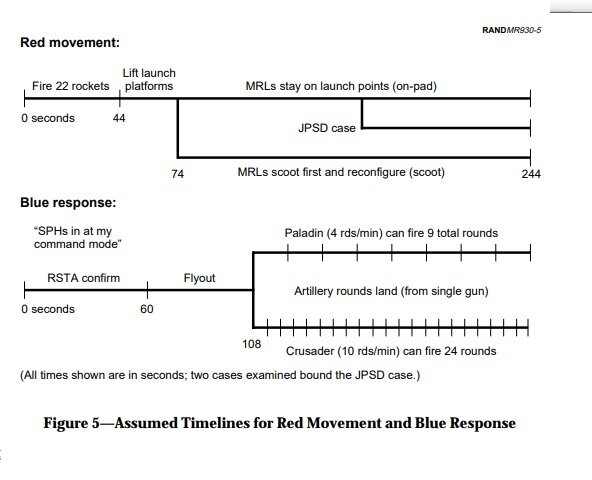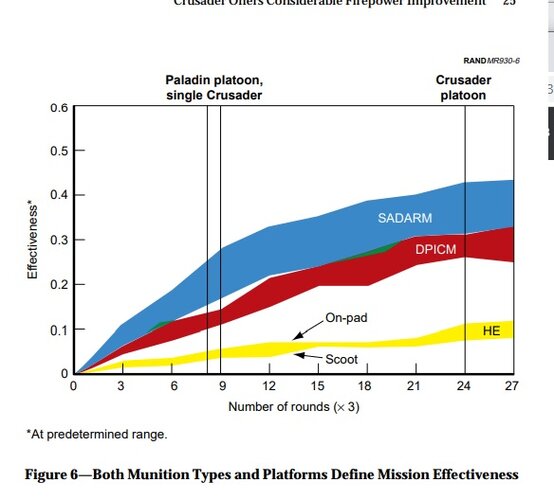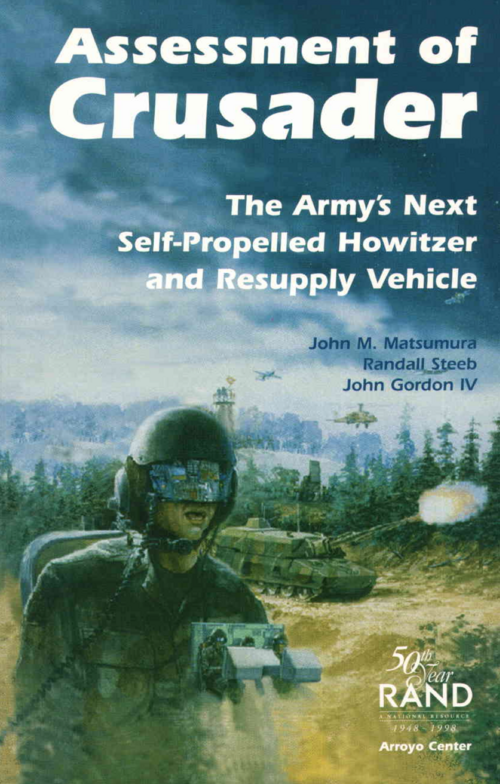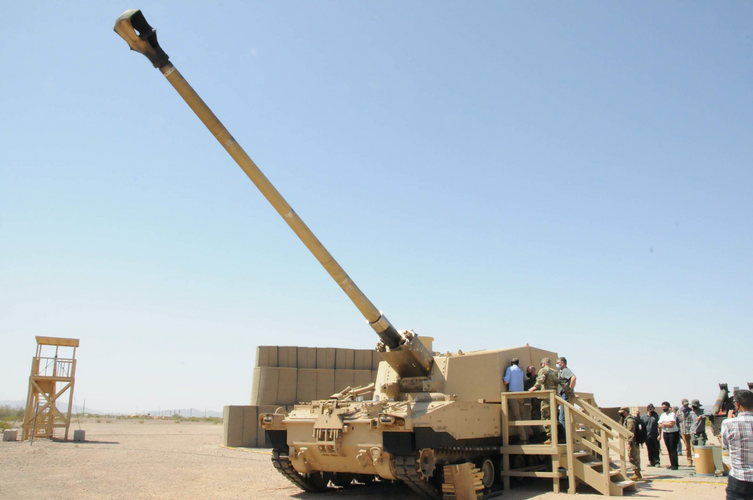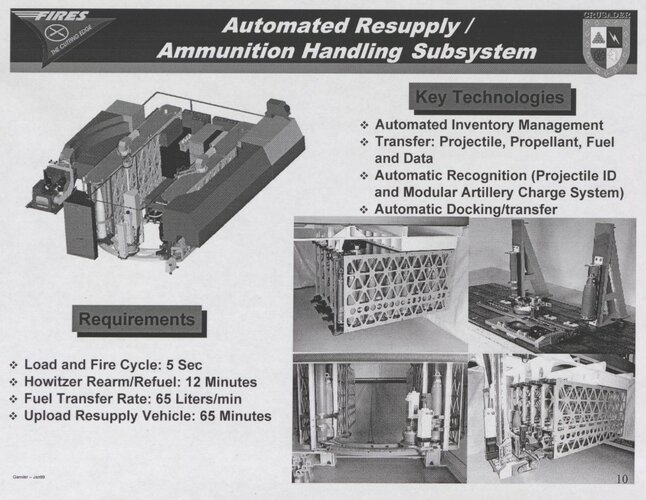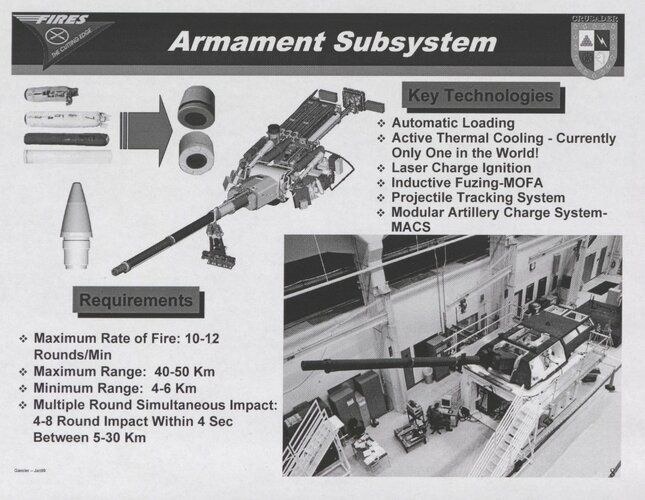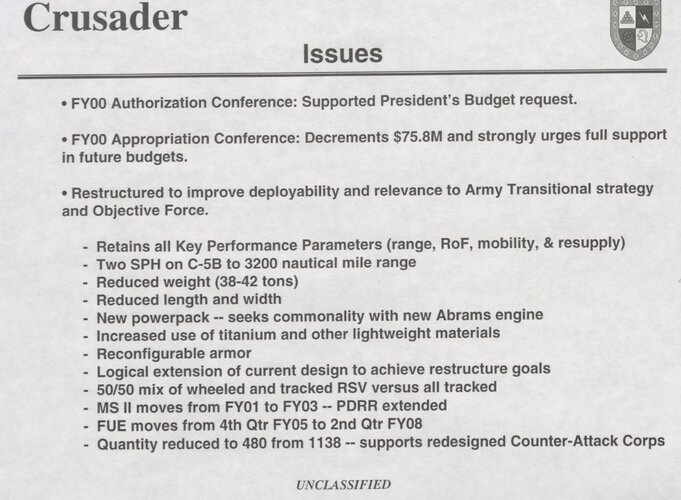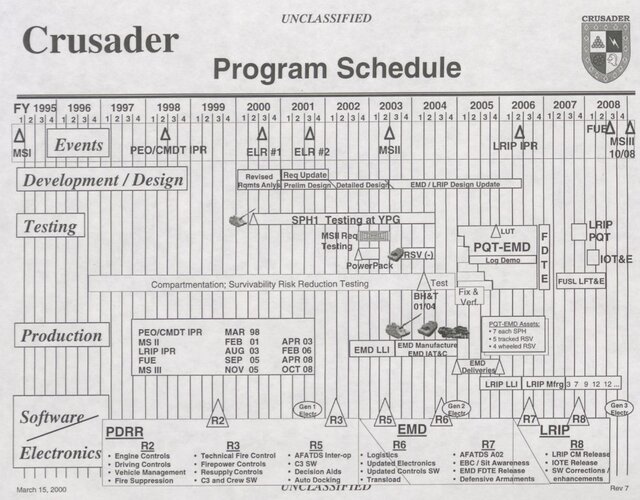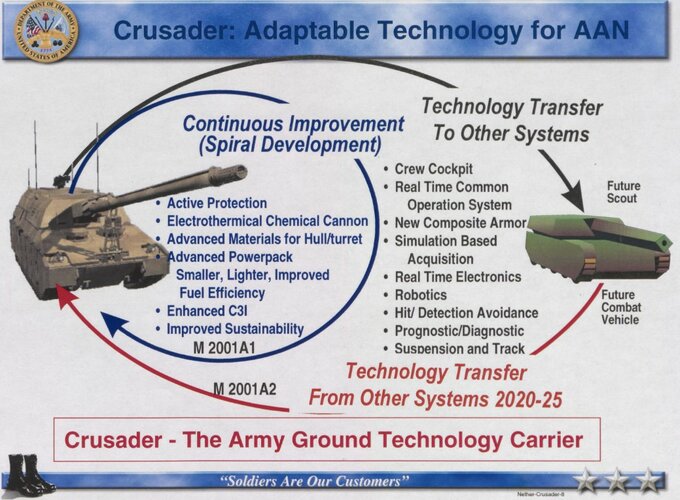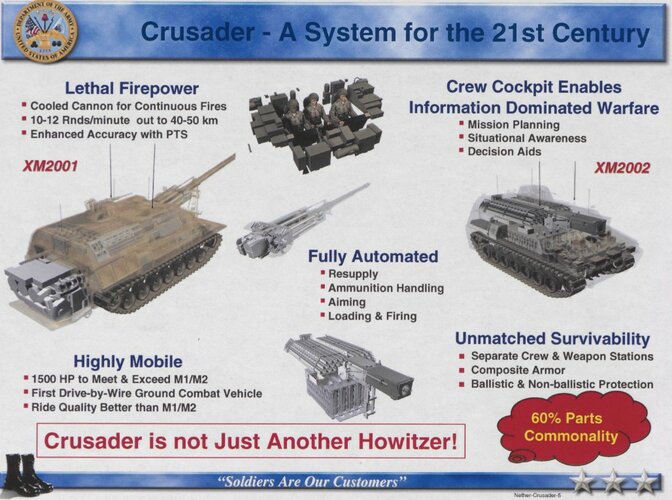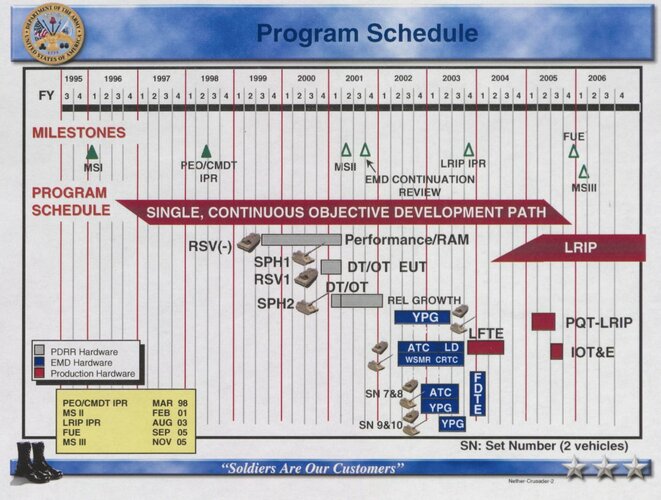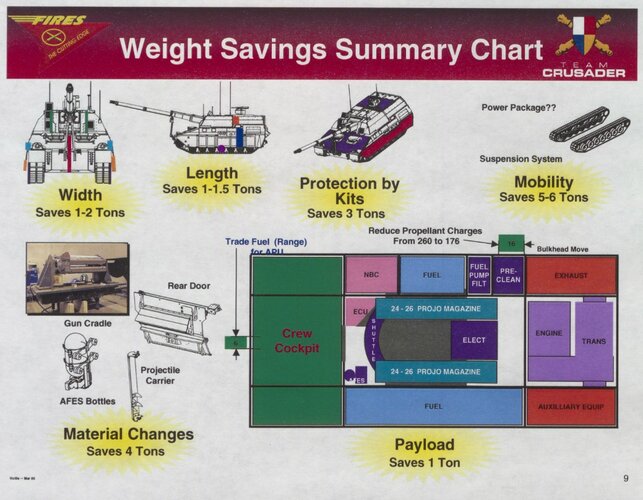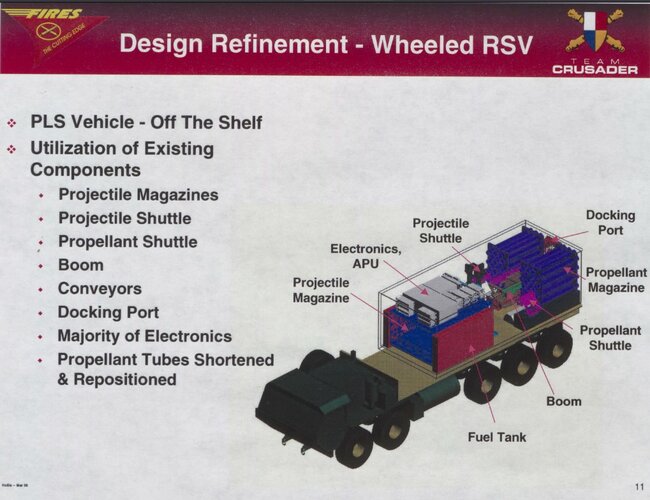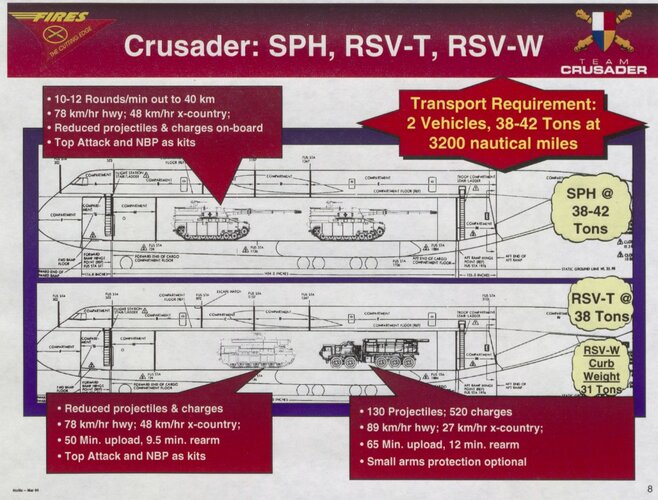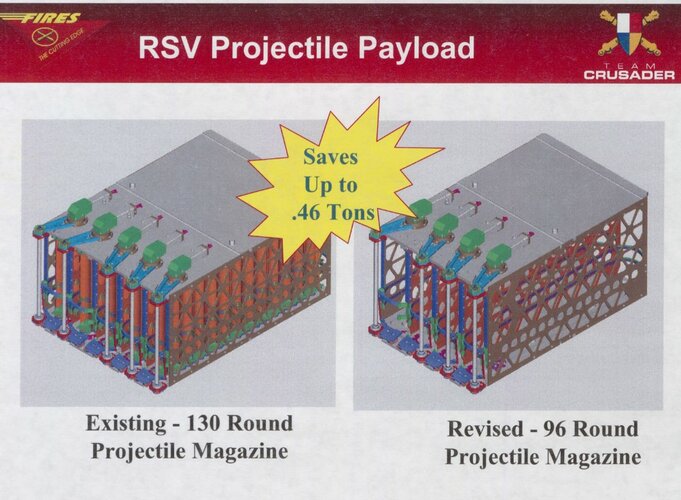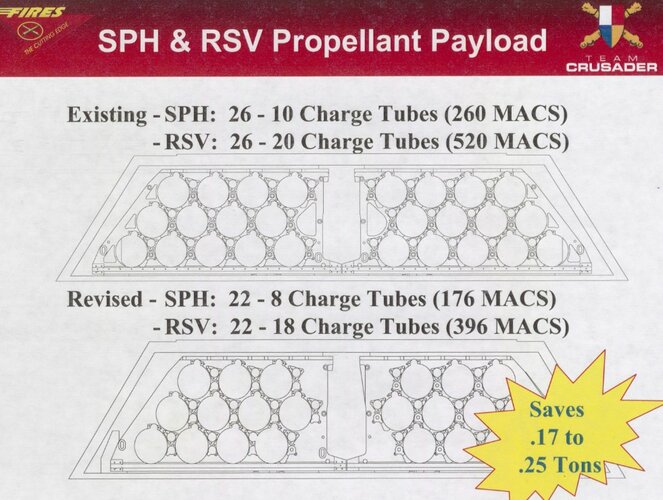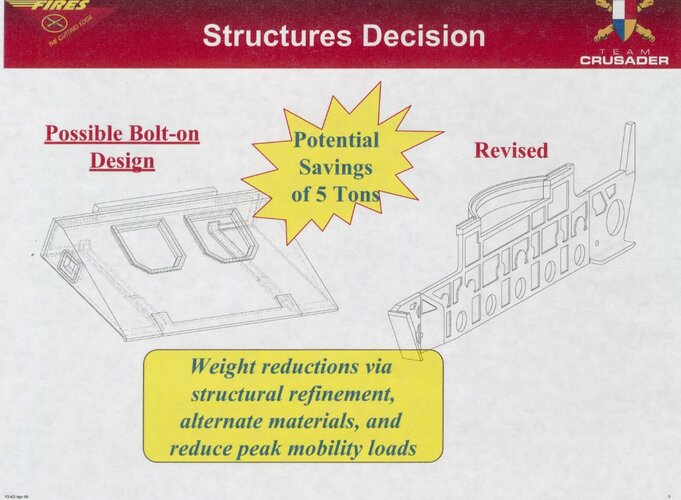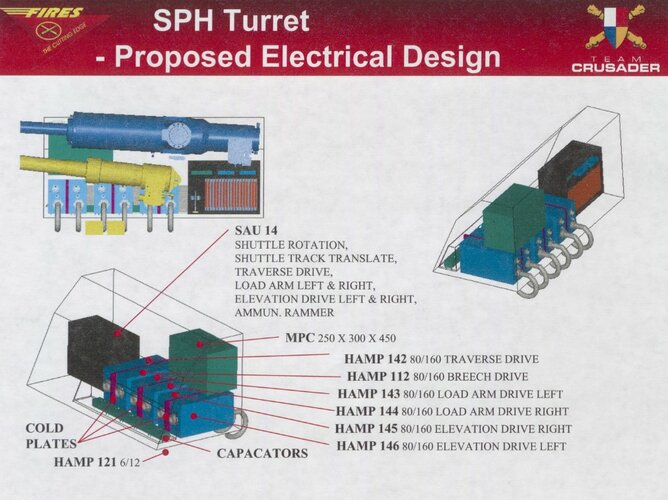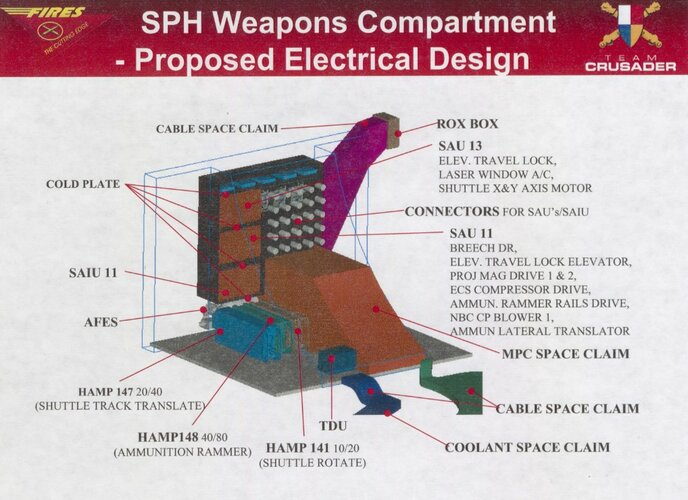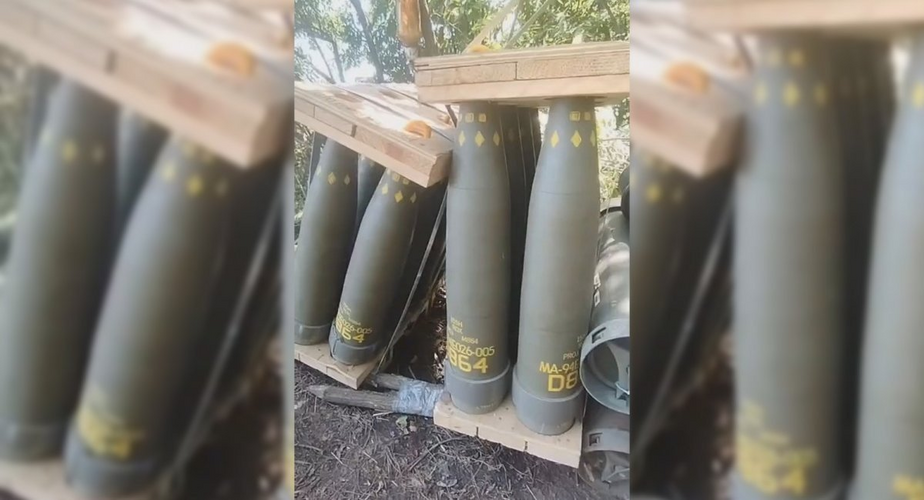Problem is, it's been out of "production" so long that even the youngest engineers on the program have long ago moved to other things, forgotten things, or just retired.
Good thing James Rutkowski, who famously developed the majority of US guns today, is working as a engineer at Picatinny and Benet labs!
The collective knowledge of engineers is wildly overrated on this forum, though. Small wonder.
Engineers write things down and anyone can do math. Nothing an engineer does is hard to replace in America, land of STEM glut. The only thing more common might be a art major or a lawyer. And the guys who work in arsenals do it for like 70 years unless they die in a car wreck, with the equivalent of like six PhDs at the end, so Rutkowski still has a few years in him probably. So guys who are actually valuable to a program don't "retire".
Anyone thinking about the dachas in 50 years isn't putting in their 110% effort, which is why they tend to leave programs after a couple years and have very few things to their name. The valuable guys go senile while trying to make blockchains work in their 90's or something. So you assign people, i.e. young engineers, to extract knowledge from their brains and write it down in binders. Duh.
Pretty much everything of serious value from Crusader and its deformed spawn NLOS-C is being used in XM1299. Which is to say the supercharge, MACS, NLOS-C's RAP round, and laser ignition system. The cannon itself is superior to the XM297, but the XM297 is an Americanized AS90 or Pzh 2000, so pretty weedy by modern standards.
XM282 was the bigger, badder brother. The main difference being that XM297 has a shorter barrel and a different breechblock, and accommodates water cooling. I believe they have the same 28 liter volume breech. XM297 might be have a smaller volume (25) though since it was only intended to go ~40 kms.
Active cooling isn't necessary with PGMs.
Neither is the little shell tracking radar, although I'm not sure the Crusader radar would work for a 70 km's range piece anyway lol.
The CEP would be gigantic either way. A lot of the stupider things on Crusader were focused on firing large quantities of ICM cargo shells like it's 1991 because the Artillery Branch didn't realize that Excalibur and PGK were coming in about 20 years and would soon obsolete mass fires entirely. It's kind of like how F-15E has a lot of low level navigation-attack equipment that is no longer used due to JDAM: useless junk these days.
e: I was wrong, the XM282 has a sliding wedge breech now (like the M256 120mm). The original '80's one was a interrupted screw with a percussion cap (like M109's gun) and the current has a metal stub case obturator with a powder pad. Probably a development thing since most of the time will be spent running factories up rather than making the design (like all things) and the supercharge is high energy. A non-obturating sliding wedge is what M256 already uses, and an obturated wedge design (like AS90 or XM297) would take too much time to develop to fit to the breech of M282.
Crusader was also a low energy baby howitzer compared to XM1299 in all honesty. A slightly faster shooting Pzh 2000 built to spit ICMs.
XM1299 is built to clap the cheeks of stuff like G7 and Coalition-SV with sniper rifle accuracy and orbital targeting.
Imperial Guard versus Tau to put it in board game terms.

